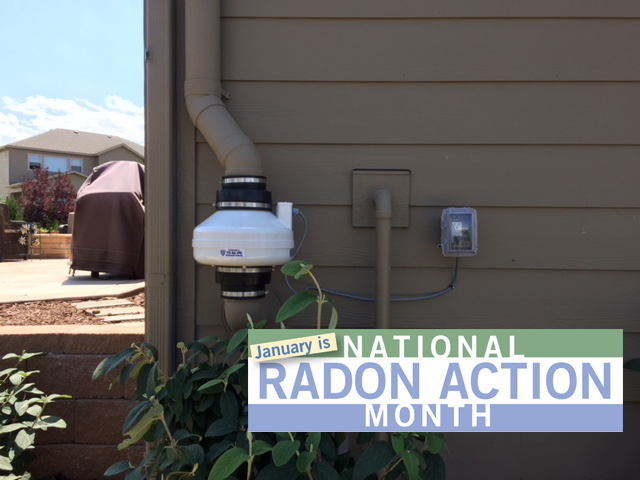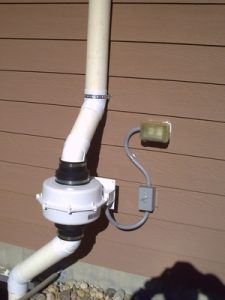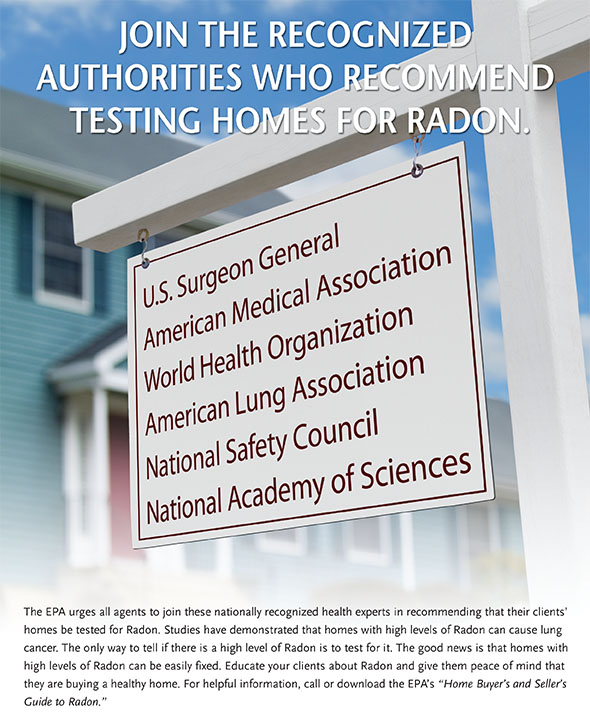
01 Jan Guide to Radon Risks for National Radon Action Month
National Radon Action Month: What’s it All About?
 Some of you may know that January is National Radon Action Month (NRAM), as proclaimed by the United States Environmental Protection Agency and various other organizations. However, for every person who knows about radon’s dangers, there are at least a dozen who don’t.
Some of you may know that January is National Radon Action Month (NRAM), as proclaimed by the United States Environmental Protection Agency and various other organizations. However, for every person who knows about radon’s dangers, there are at least a dozen who don’t.
Our goal at American Radon LLC. is to spread the word about radon’s dangers, and how we can combat them together. We encourage families and business owners in Colorado to test their properties for radon every other year (if there is not an active system in place), or every three to five years (with active systems).
What are the Risks of Radon and How Can You Protect Your Family From Radon Exposure?
What is the second largest cause of lung cancer deaths? Radon exposure. Radon is an invisible gas that tends to collect in homes. According to the EPA, every year radon claims the lives of 21,000 Americans. The more you breathe in radon, the higher your risk to get lung cancer, even if you’ve never smoked cigarettes.
Though radon is highly dangerous, a simple test can tell you if the gas has collected to dangerous levels in your home. Then, you can install a Radon Mitigation System to remove the radon and protect you and your family. With such clear risks and an easy solution for radon exposure, why don’t more Americans know about radon?
January is National Radon Action Month. To do our part to raise awareness about this deadly gas, we’ve compiled this guide to explain what radon is, what risks it poses and how a Radon Mitigation System can remove the gas from your home.
To help you take action, we’re also taking 75 dollars off the installation of your Radon Mitigation System if you book this month. Before you invest, learn about the risks of radon exposure, and how it gets into homes in the first place.
The Effects & Dangers of Radon
If Radon has collected in your home, you won’t notice. It doesn’t have a color, taste, or smell. Further, it’s heavier than most other gases and won’t be affected by your central air system. Instead, radon gas will settle in your basement, cold cellar, or the lowest point in your home. As the gas collects, it will become more potent, and more likely to give you lung cancer.
Radon levels are measured in picocuries per liter of air (pCi/L). When you’re outside, the radon level is, on average, 1.3 pCi/L. The EPA recommends that you consider reducing your radon levels when they reach 2 pCi/L and strongly recommends it at or above 4 pCi/L.
While radon is found everywhere in the United States, some areas more likely to have high levels of radon than others. According to the EPA, Denver, like most of Colorado, is in Zone 1, which is the zone of highest risk. Our homes are likely to have a radon level over 4 pCi/L.
This is four times higher than the average radon level in the nation, and this level of exposure will increase your lung cancer risk. In fact, if you also smoke and have this level of radon exposure, you are five times more likely to get lung cancer than you are to die in a car crash.
How Radon Gets Into Your Home
Where does this dangerous gas come from? It is a product of uranium. Natural uranium deposits in the ground can “off-gas” or release radon into little pockets in the ground. The weight of your home puts pressure on the ground, forcing those pockets to close. The gas has nowhere else to go but up, into your home.
Radon may enter through service pipes, construction joints, sump pumps, floor drains, and cracks in your home’s foundation or floor slab. While damage to your home’s foundation may allow radon to enter, even perfectly functioning homes can let radon gas inside. Some home builders are now designing homes to stop radon from being able to enter the home, but unless your home was specifically designed for this purpose, you’re at risk
 Colorado’s Stance on Radon Awareness Month
Colorado’s Stance on Radon Awareness Month
Coloradoans take NRAM seriously. How serious? In January 2017, Chrystine Kelley (Colorado’s radon program manager) released a proclamation signed by the governor of Colorado stating their official participation in radon action and radon awareness month. Here’s a brief outline of the key points of the proclamation:
- Colorado residents and businesses are encouraged to test for radon
- Radon gas occurs naturally, is colorless, odorless, and radioactive
- Radon causes an estimated 500 deaths in Colorado each year
- 50% of homes in CO have high radon levels
The fact that the governor John W. Hickenlooper himself put his name on the proclamation and dedicated January as radon action month for the state of Colorado tells you how serious the issue is. This isn’t just a bunch of service providers trying to scare you into buying their product: it’s a group of professionals voicing concern over the well-being and livelihood of their communities.
What Can You Do?
 1. Test, test, and test again.
1. Test, test, and test again.
Radon levels are always fluctuating. A home that tested within acceptable levels one time of year might yield much higher levels a few months later. Test your home on an annual if you don’t already have a system in place.
2. Look for a National Radon Action Month event near you.
Many organizations put on events for NRAM. Encourage family and friends to attend with you, and bring the kids along too.
3. Tell your friends and family about radon’s dangers.
There are always people out of the loop when it comes to the dangers of radon poisoning. If you know someone who just moved to CO from another state, tell them about radon mitigation and removal.
We offer radon mitigation in Denver and all over Colorado! This month, take action to protect yourself and your family from increased lung cancer risk. Book American Radon to install your Radon Mitigation System this month and get 75 dollars off.

The Solution: Install a Radon Mitigation System
If your home has radon levels at or over 4 pCi/L, you need to have a radon mitigation system installed to lower your lung cancer risk. The system that we install allows the radon a pathway from the ground to the air outside your home, where it can dissipate.
It’s a simple pipe system with a fan built-in to suck the heavy radon out of your home. Choice of a fan is important. We use only energy star rated fans so the system won’t dramatically increase your energy costs.
We need to dig space for this pipe next to your home or connect it to your sump pump or french drain if you have either. From here, the pipe runs up along the exterior of your home. The EPA requires that the pine run past the roof line.
If you like, we will paint this pipe to match your home. Or we can use 4-inch downspout pipe for this exhaust line so that it is disguised, although this does slightly reduce the pressure in the system.
After your Radon Mitigation System is installed, we also provide post-installation testing so that you can be sure that radon has been reduced to acceptable levels in your home.

No Comments